The Garmin Fenix 6 and Polar Vantage V are for sportspeople who need a watch that helps them beat their personal bests. But are they good smartwatches?
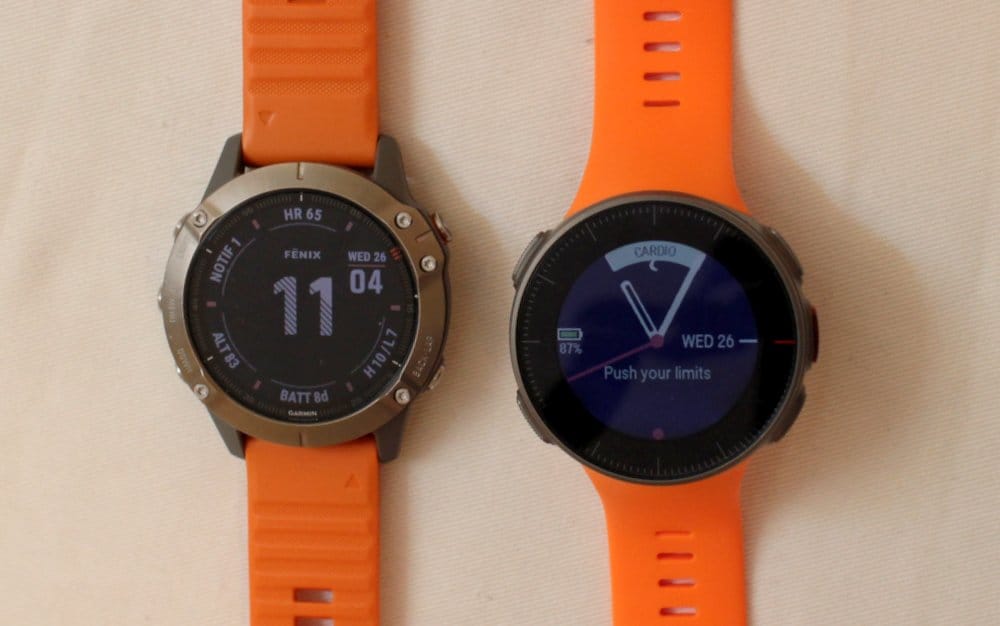
The Garmin Fenix 6 and the Polar Vantage V are two watches that deserve to go head-to-head first among the many comparison reviews that I will write. They’re meant for folks who want to climb Everest, win a marathon and live a better, healthier life.
They sacrifice many functions available in a general-purpose smartwatch and therefore accessing the benefits of these smartwatches come with a high price. Even an entry-level smartwatch like the Fossil Sport Smartwatch has more productivity features than these two watches.
That said, upon reviewing both of them, it’s clear to me that they’re meant for a niche consumer (with some money to spend).
Related: Ticwatch Pro | Fossil Gen 5 Carlyle | Fitbit Versa 2
Price
Both watches are similar but the Fenix 6 is more expensive than the Vantage V, even in the entry-level 6S configuration. At the top end, the Fenix 6X Pro Solar Titanium edition costs much more than the Vantage V.
With the Fenix 6, you can pay extra for a larger watch case, the Sapphire edition with its hardier glass, the Pro edition which comes with music, maps and Wi-Fi, solar power and watch case material. The difference from the lowest end to the top of the line Fenix is almost double in price.
For this review, my Garmin Fenix 6 Sapphire edition came with all the upgrades above except solar power and had a 47mm mid-size watch case.
In terms of price, the Vantage V wins because it offers great bang-for-buck at a price lower than the Garmin Fenix 6.
Winner: Polar Vantage V
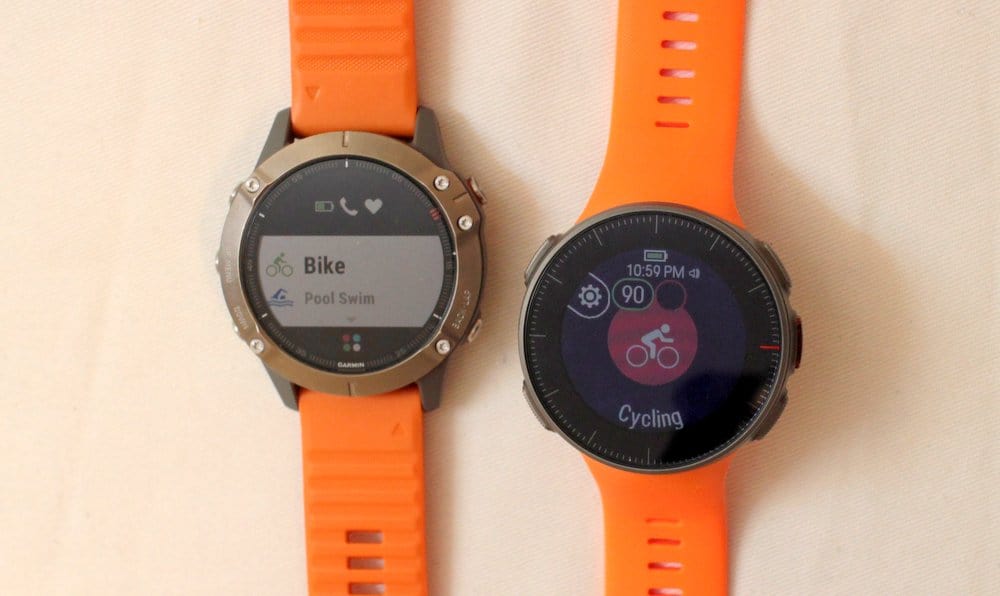
Training functions
Both watches bring their own advantages for different sports, but both offer excellent features for runners.
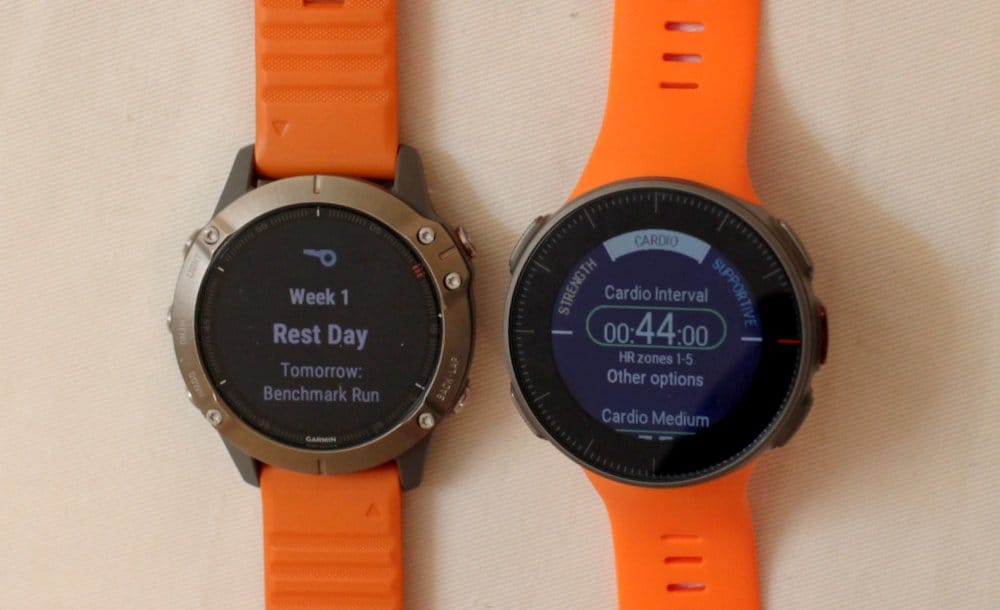
Features for runners
Both watches offer great analytics for runners and both have the ability to create a running plan for you through their apps. The Fenix 6’s Garmin Coach is a bit more advanced than the Polar Running Program in that it offers you three coaches with different training styles.
Also integrated into the Vantage V is FitSpark, which gives you two to four custom workouts to build strength, cardio and promote recovery based on your fitness level, training history and your recovery and readiness every day.
On that note, the Vantage V can measure your running power through its algorithm in the watch. This is amazing. On the Garmin Fenix 6, you will need an accessory in order to get this data.
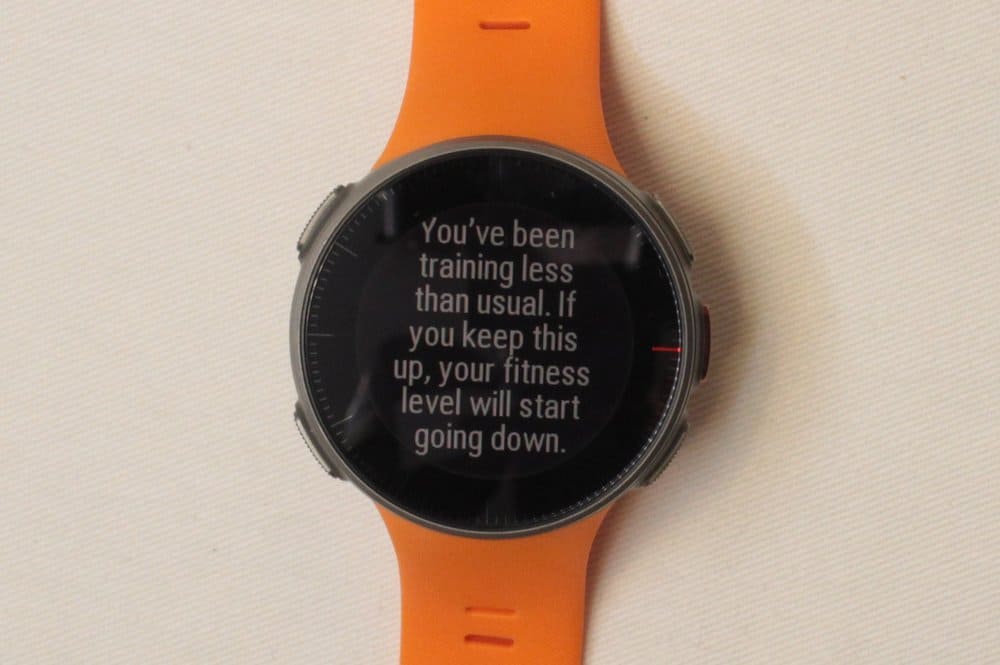
Training efficacy
One of the most distinct things I liked about the Polar Vantage V is its Cardio Load screen which measures your current training levels to your ability and tells you whether you are doing too much, just right or too little. For me, seeing my fitness fall into the “detraining” stage motivated me to go out and do just a bit more exercise.
The Fenix 6 doesn’t give you such an in-your-face nagging (or encouragement). It does have a “Training Status” app that tells you how your body is reacting to your training from “peaking” to “detraining.”
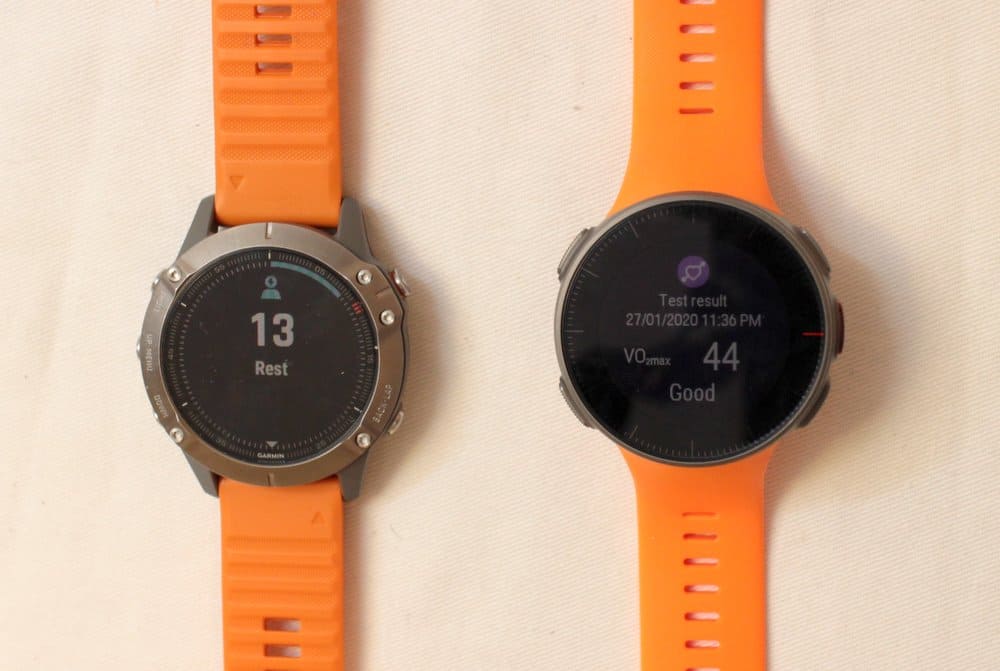
On the Fenix 6, to get your VO2Max, you need to run. So if you aren’t a runner, then you’ll lose out on this feature. Whereas on the Polar Vantage V, you can get your VO2Max figure by staying still and letting the software get a reading.
A unique feature in the Fenix 6 is that it will tell you what kind of benefit your workout has and whether it has any effect on your aerobic or anaerobic health.
Winner: Tie
Connectivity
The Garmin Fenix 6 supports Bluetooth and ANT+ connections to your sports accessories such as power meters for bikes and chest heart rate monitors, whereas the Polar Vantage V only supports Bluetooth.
Winner: Garmin Fenix 6
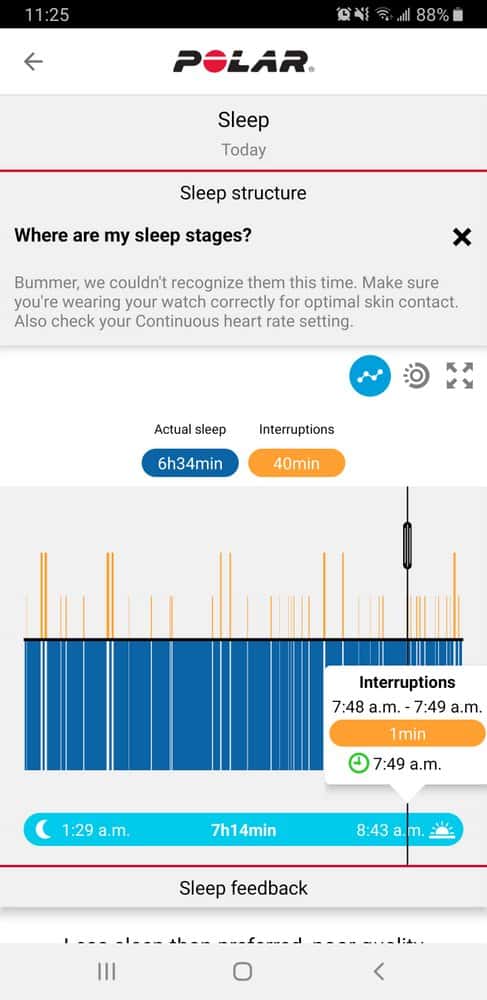
Sleep and stress
The Vantage V can track your sleep and it gives you a good breakdown of the quality of your sleep in different stages. There’s also a Nightly Recharge function that can tell you how restorative your sleep was.
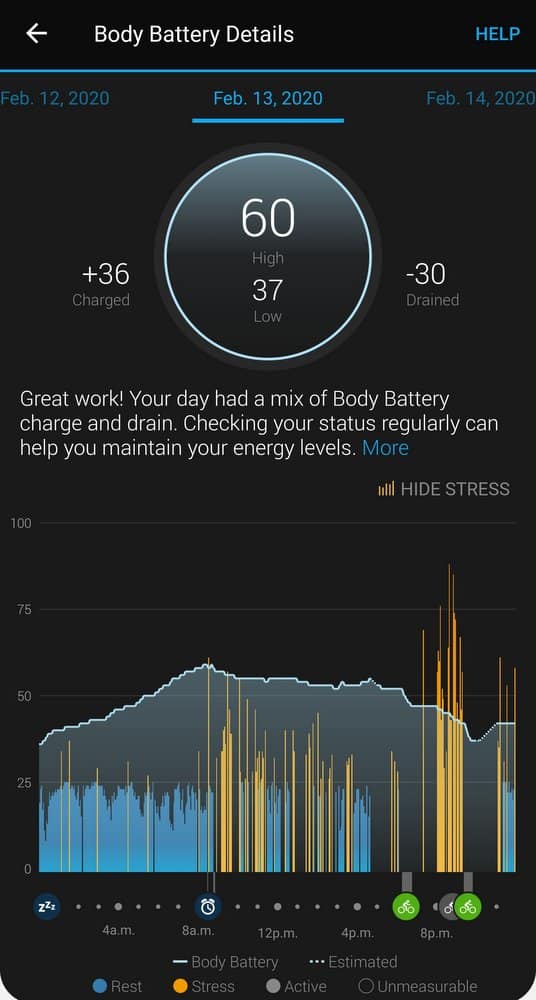
The Fenix 6 takes a novel approach to this. It can track sleep but also tracks your stress levels and comes up with a Body Battery rating. The Body Battery measurement is useful for knowing whether you need more rest relative to the activities of your day.
Neither watch is comfortable to wear to bed because they are big and bulky.
Features
Although the Vantage V is cheaper, it doesn’t mean it’s inferior. Both watches have features that the other watch doesn’t and therefore which watch suits you better comes down to what you need.

GPS and maps
Both watches have an integrated GPS and both of them are quite reliable outdoors. The Vantage V takes a shorter time to get a GPS lock. Having an integrated GPS is great because you can track your workouts without bringing your phone to deliver GPS data.
Only the Fenix 6 has integrated maps, though, and only on the Pro edition of the Fenix 6. The maps are an amazing feature that I really love because you can get directions to unfamiliar parts of the city with the route planned depending on your mode of travel. Google Maps on the phone is great but having your watch display a map and tell you when it’s time to turn is even better when a cellphone is just too inconvenient. In addition, the Fenix 6 also has a topographical map, golf app with course maps and a ski map.
Winner: Garmin Fenix 6
Touchscreen
The Polar Vantage V has a touchscreen but not the Fenix 6, and it seemed to me that the Fenix 6 really needed the touchscreen but the Vantage V didn’t.
On both watches, the primary mode of interacting with the watch is through the five buttons on both watches. The Vantage V makes that clear by how unresponsive and unfriendly the interface is to touch actions. But the Fenix 6 could have really used a touchscreen because trying to set your destination on the map is truly excruciating.
Winner: Polar Vantage V

Watch faces, apps
With the Vantage V, you get two watch faces — digital and analog. With the Fenix 6, not only can you customize your watch faces with different data, you can also download more watch faces (and apps) through its Connect IQ app store. The Vantage V has no app store so you can’t add anything else.
Winner: Garmin Fenix 6
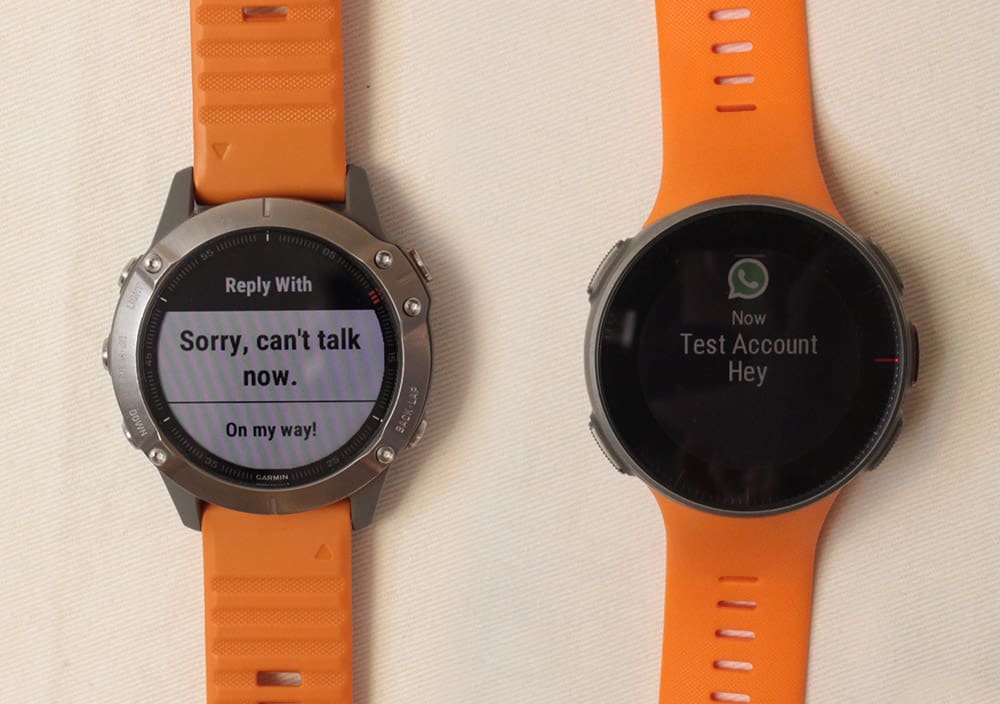
Smartwatch? Hahaha
Relative to each other, the Garmin Fenix 6 is the smarter smartwatch. Relative to the Apple Watch, Samsung Galaxy or Fossil Gen 5 smartwatches, these watches are like nursery kids compared to PhD geniuses.
Like kids, these two smartwatches don’t listen — they don’t have a microphone. So you can’t use a voice assistant or make phone calls.
They don’t have a true speaker, only a buzzer. Just like kids, when they make noise, moan or cry, you know they want your attention. But you’re always guessing as to what they want until you take a closer look.
The Fenix 6 is the smarter of the two watches because it has some modicum of ability to reply to messages and emails (the Vantage is read-only), forwards only important notifications (and not every notification as the Vantage V does and including Google Maps’ turn-by-turn notifications).
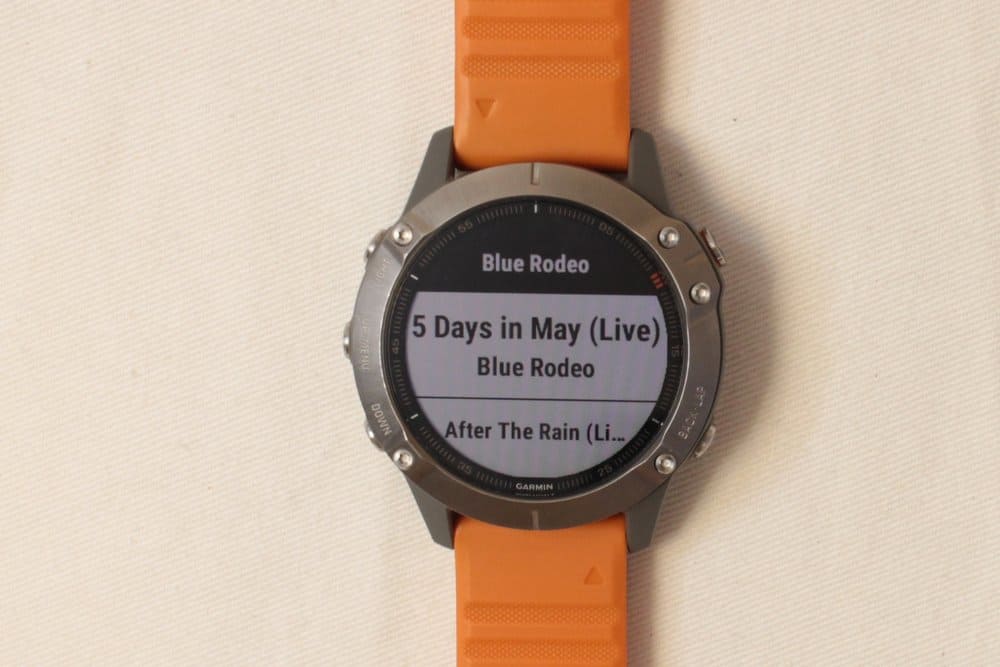
The Fenix 6 Pro and Sapphire editions also have the ability to be a music player — a key smartwatch feature.
Winner: Garmin Fenix 6
Verdict
If you are not a race-running sportsperson, then you would do better with a general-purpose watch. With these two watches, you are gaining a lot of sports analytics at a cost of many productivity features.
That said, if you are still interested in these two watches, then my main consideration is whether or not you need all the extra features in the Fenix 6. Then also consider the advantages the Vantage V has such as running power calculation and a VO2Max test.
Both watches are truly a delight to use. For daily use, the Fenix 6 is superior because of its maps, music and ability to interact with notifications. The maps deserve special commendation because perfect for workouts that take you to unfamiliar places.




